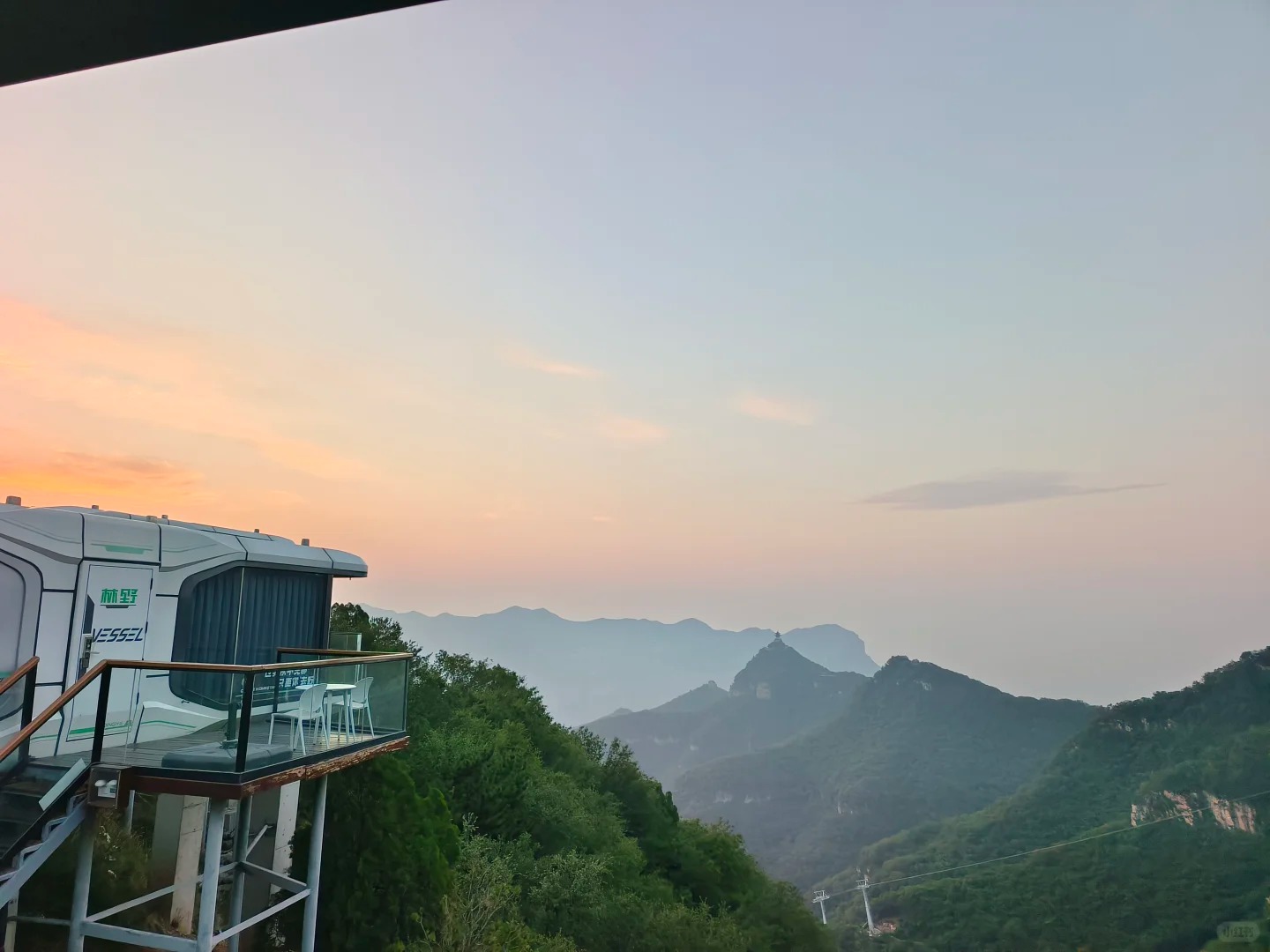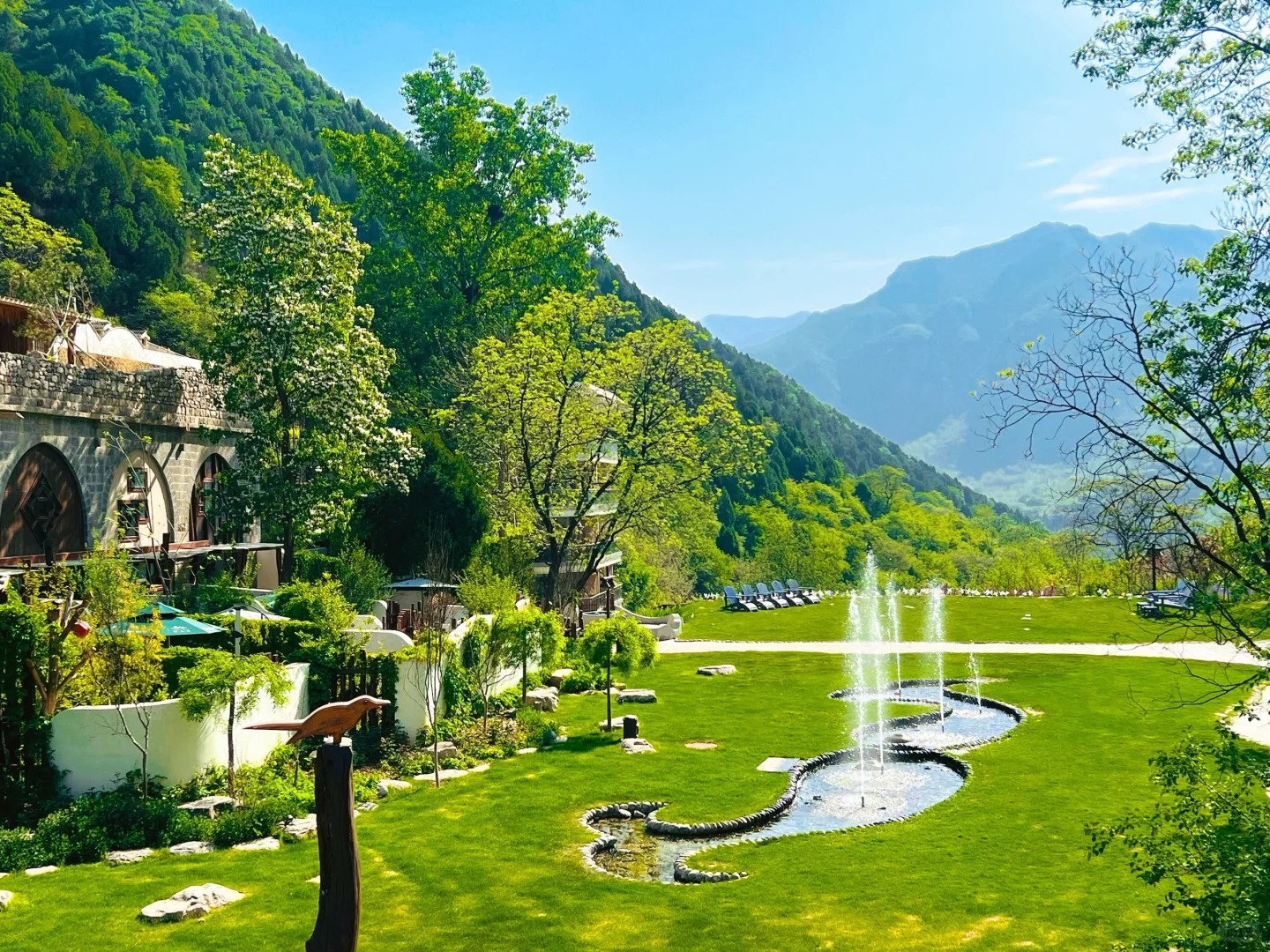Yunqiu Mountain
Historical Overview
Yunqiu Mountain’s history as a Taoist sanctuary began in the 7th century CE when Emperor Gaozong of the Tang Dynasty (618–907) declared it a royal pilgrimage site. The Tarok Temple complex was constructed during this period, becoming a center for Taoist rituals and meditation. Over centuries, the mountain evolved into a hub for hermits, scholars, and emperors seeking divine connection. Key historical milestones include:
- Tang Dynasty (618–907): Establishment of Tarok Temple and the Five Dragon Palace.
- Ming Dynasty (1368–1644): Discovery of the Ice Cave, later expanded into a pilgrimage attraction.
- Qing Dynasty (1644–1912): Construction of the Cloud-Piercing Bridge and expansion of cave dwellings.
- Modern Era: UNESCO designation in 2020 for its geological and cultural value.
The site survived wars and natural disasters, preserving its spiritual legacy through continuous restoration efforts.
Structural Layout
Yunqiu Mountain’s landscape is divided into three zones, each blending natural and human-made elements:
- Northern Zone: Features Tarok Temple, the Five Dragon Palace, and the Celestial Pond, a sacred spring believed to grant longevity.
- Central Valley: Home to the Grand Canyon of the East, a 1,300-meter-deep ravine with waterfalls, hiking trails, and the 108-step “Stairway to Heaven.”
- Southern Cliffs: Contains over 300 ancient cave dwellings, including the 1,000-year-old “Cave Village” used by monks and locals.
Key structures include the Jade Emperor Pavilion (the highest peak at 1,629 meters), the Sacred Way (a stone-paved path lined with 108 Taoist statues), and the Cloud-Piercing Bridge, a 300-meter-long Glass Walkway suspended above a canyon.
Major Attractions
- Tarok Temple: A 7th-century Taoist complex with 11 halls, including the Hall of Three Purities, housing statues of Laozi, Yuanshi Tianzun, and Lingbao Tianzun.
- Ice Cave: A 300-meter-long natural cave with year-round ice formations, reaching -10°C in summer.
- Cloud-Piercing Bridge: A 300-meter-high glass walkway offering panoramic views of the Grand Canyon.
- Five Dragon Palace: A Ming-era temple dedicated to the Five Elements, featuring a 12-meter-tall bronze incense burner.
- Cave Dwellings: Over 300 ancient caves carved into cliffs, some still inhabited by local families.
- Grand Canyon of the East: A 15-kilometer-long canyon with hiking trails, waterfalls, and rock formations.
Suggested Itineraries
1. Classic Route (3–4 hours):
Tarok Temple → Five Dragon Palace → Ice Cave → Cloud-Piercing Bridge → Sacred Way → Jade Emperor Pavilion
Highlights: Core Taoist temples and iconic natural wonders.
2. Extended Route (5–6 hours):
Tarok Temple → Five Dragon Palace → Ice Cave → Cloud-Piercing Bridge → Grand Canyon Hike → Cave Dwellings → Celestial Pond
Highlights: Addition of hiking trails and local cultural sites.
3. Comprehensive Route (Full Day):
Tarok Temple → Five Dragon Palace → Ice Cave → Cloud-Piercing Bridge → Grand Canyon Hike → Cave Dwellings → Jade Emperor Pavilion → Evening Taoist Ceremony
Highlights: In-depth exploration of all zones, including cultural performances.
Ticket Purchase
- Online: Book via the official Yunqiu Mountain website or WeChat mini-program (up to 7 days in advance).
- On-Site: Tickets available at entrance gates, but queues are longer during peak seasons.
- Prices:
- Peak Season (April–October): ¥120 (adults), ¥60 (students/seniors).
- Off-Season (November–March): ¥80 (adults), ¥40 (students/seniors).
- Free: Children under 1.2m, disabled visitors, and military personnel.
- Combo Tickets: Includes cable car rides and special attractions like the Cloud-Piercing Bridge (¥50 extra).
Transportation & Best Time to Visit
Transportation:
- By Bus: From Linfen City, take Bus 11 to Yunqiu Mountain Scenic Area (1-hour ride).
- By Taxi: Direct ride from Linfen (¥150–200 round-trip).
- By Car: Self-drive via the G5 Expressway (2-hour drive from Taiyuan).
Best Time to Visit:
- Spring (April–May): Mild temperatures and blooming flowers.
- autumn (September–October): Clear skies and vibrant foliage.
- Avoid: July–August (rainy season) and January–February (icy trails).
Tips:
- Wear sturdy shoes for hiking.
- Bring a jacket for the Ice Cave and evening temperatures.
- Photography allowed (no flash in temples).
- Prohibited items: drones, large bags, and pets.
Contact Us
What Our Clients Say?
Based on 10,000+ traveler reviews
















